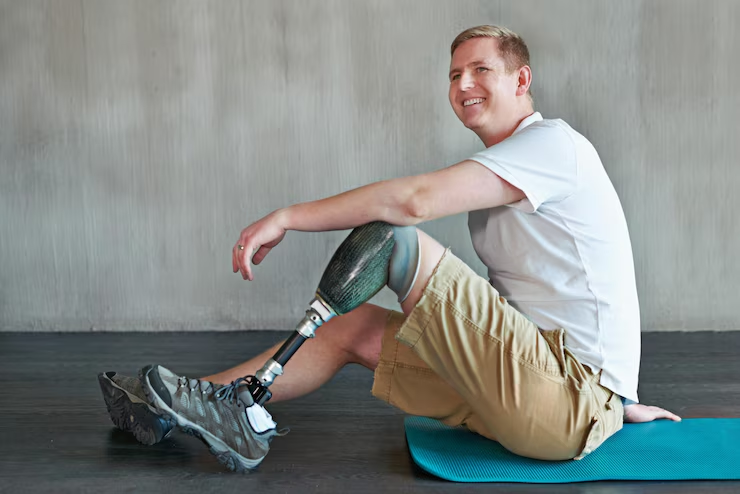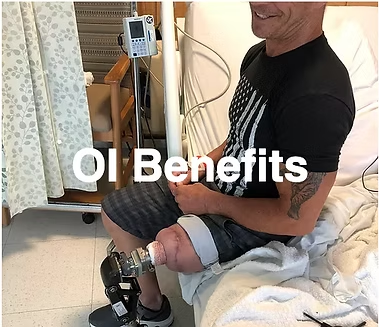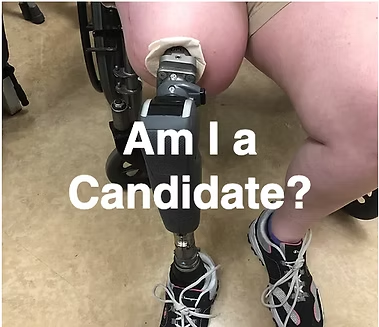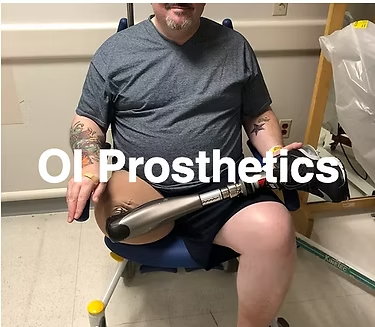Emergency Call
+91 9315366469Enquiry Us
audiologistamit@gmail.com
Osseointegration is a surgical procedure where an artificial implant is permanently anchored and integrated into bone (Image Below, Left).
In the case of osseointegration prosthetics, the implant fuses with the bone around it and allows a prosthesis to easily connect and disconnect without the use of a socket (Image Below, Right).
Osseointegration prosthetics are available for upper- and lower-limb amputees, including above- and below-elbow amputees and above and below-knee amputees.
DDS has delivered more than 60 osseointegration prosthetics in the last 3 years and is proud to be the leading provider of osseointegration prosthetics in the India.
Osseointegration prosthetics represent a huge advancement in prosthetic care. Some of the notable features and benefits of osseointegration prosthetics include:
Quick donning/doffing of the prosthesis (Video below)
Smooth and natural gait (Video below)
Improved mobility and range of motion
More natural sensation of prosthetic limb
Eliminate socket fit issues
Improved proprioception
Reduced nerve pain


Osseointegration prosthetics are available for upper- and lower-limb amputees, including above- and below-elbow amputees and above and below-knee amputees. Depending on your anatomy, amputation level, current activity level and future functional goals, osseointegration may be right for you. If you are interested in exploring osseointegration prosthetics for yourself or a loved one, schedule a free consultation today.
The process for receiving an osseointegration prosthesis starts with an evaluation. First, you will meet with your doctor and prosthetist to determine if you are a candidate for osseointegration surgery. If you are a candidate, the surgery will be scheduled. The average hospital stay after osseointegration surgery is three to four days. After four days, patients can start a daily shower and clean the stoma with soap and water. Starting 4 weeks after surgery, patients can gradually put weight on their new implant. This “loading” process begins with 20 pounds of loading for 10 to 15 minutes, four to six times per day. For the first few weeks, the surgical area will be wrapped in gauze to prevent infection. The prosthetic leg is generally attached to the implant between week 10 and 12 depending on bone quality. After the prosthetic leg is attached, patients continue to use crutches for another six weeks. Most patients can walk without the use of crutches within four months of surgery.








